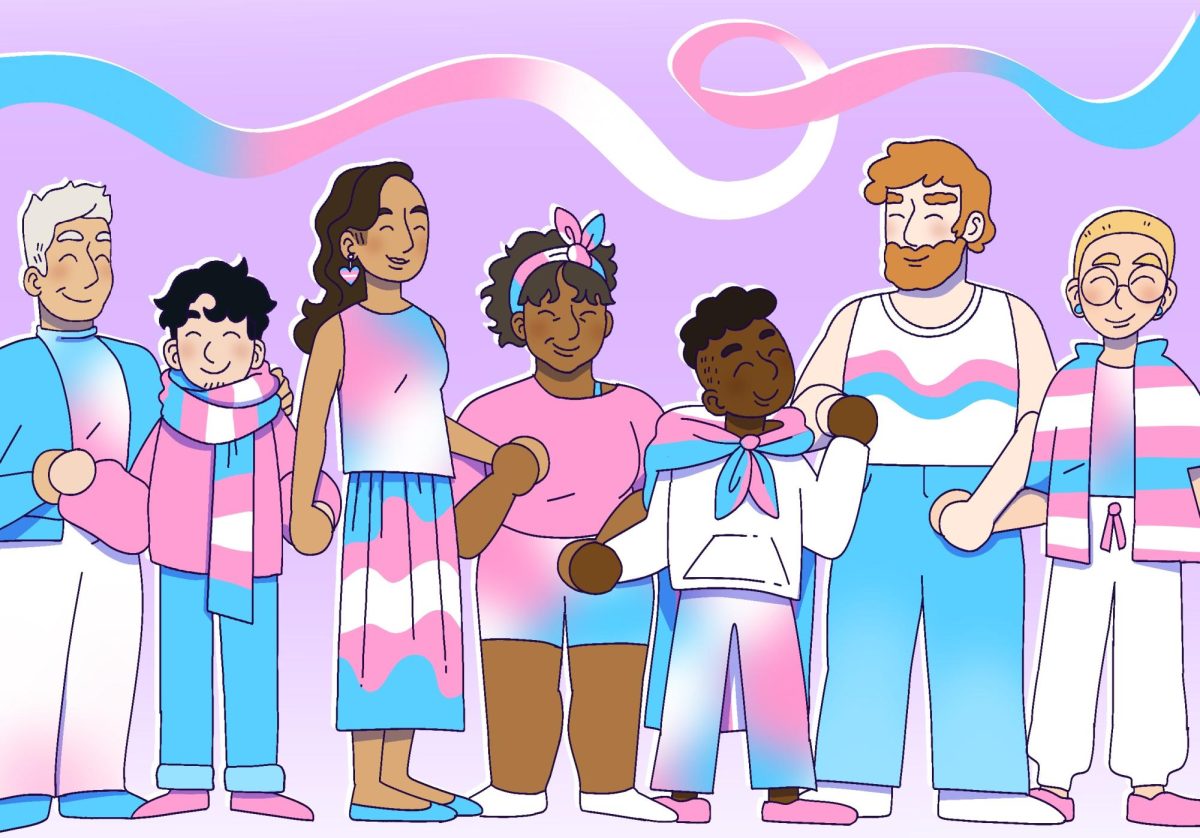During our first COVID-19 shutdown in March, I did a lot of puzzles. I thought maybe with all the time in isolation, I might make some groundbreaking discoveries about myself or the world. Maybe develop a new lease on life. But no, I just did a lot of puzzles. Now, with the country on the verge of a second shutdown, I find myself wondering if I will be right back in the same situation I was before: doing puzzles and worrying about the coronavirus. I know a lot of Minnesotans are probably in the same boat as me. And while we all know a shutdown could save thousands of lives, it is hard to let go of that return to semi-normalcy we have developed since this summer. But, I am afraid Minnesotans have to come to terms with the fact that a second shutdown is incredibly likely to happen.
According to Minnesota Public Radio, Minnesota reported 7,559 new COVID-19 cases on Sunday, Nov. 15. This brings Minnesota’s grand total to 231,018 cases of the coronavirus. As cases continue to surge in Minnesota, Gov. Tim Walz implemented new restrictions on social gatherings, which include no service in restaurants and bars from 10 p.m. to 4 a.m., a limit of 10 people for indoor or outdoor gatherings and a 50-person limit for all weddings and funerals (subject to change to 25 people on Dec. 11). It is clear that Walz, like the rest of the country, dreads enforcing yet another total shutdown. It is becoming abundantly clear that another shutdown is the most practical and responsible way to ensure that we save the lives of thousands of more people. However, it has been many months since our last shutdown. Will the next be any different?
On the surface level, another shutdown would be the same for us. If the state went back to the shutdowns we had in March, all schooling would revert back to virtual learning — at the University of Minnesota, we are basically already at this step. Besides grocery stores and other essential businesses, all restaurants and bars will close down. However, one significant difference would be that health officials understand much more about the virus now than they did in the spring. In March, testing was limited, hospitals were unsure how to treat patients, and we still were not sure how exactly the virus spread. Now, health officials in Minnesota and all over the nation have a better grasp on what measures can help diminish the spread of the coronavirus.
Another silver lining going into a second shutdown is the shortened time frame. Previously, Minnesota residents were in quarantine for nearly three months. However, according to the Biden advisors, they believe four to six weeks is all the country would need. Dr. Michael Osterholm, coronavirus adviser to President-elect Joe Biden and director of the Center for Infectious Disease Research and Policy at the University of Minnesota, argued that if the government pays businesses and implements another release package for the unemployed, we could shut down and greatly decrease the number of COVID-19 cases once again. Osterholm went so far as to say, “… if we are going to keep making restrictions state-by-state, there is no compensation for the businesses that are being impacted. What we are doing right now is not working.”
A second shutdown is the right call. It will upset people, it will hurt businesses, and it will cause national stress, but right now, people are dying, and this is the most surefire way we can save lives. I am currently in the process of buying three new puzzle sets. I am bracing myself for what is to come, and I can only hope you do the same.














